Description
Introduction
Pipeline pigging is a specialized process used in the maintenance and optimization of industrial pipelines. The term “pigging” originates from the squealing noise made by the original foam or rubber devices, known as “pigs,” as they travel through the pipeline. These pigs are inserted into a pipeline and propelled by the flow of the material being transported—be it oil, gas, or other substances. As the pig moves along, it performs various functions such as cleaning the pipeline, removing debris, and even inspecting for any structural issues. The process is crucial for ensuring the efficient operation of pipelines, reducing the risk of blockages, and extending the lifespan of the infrastructure. By using the right pigging products, industries can achieve significant cost savings and operational efficiencies.
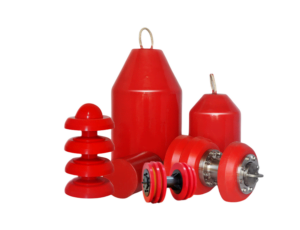
The importance of choosing the right pigging products cannot be overstated, as the effectiveness of your pipeline maintenance largely hinges on this decision. Different types of pipelines—whether they’re used for transporting oil, gas, water, or food products—have unique requirements and challenges. The right pigging product can address these specific needs, ensuring that your pipeline operates at peak efficiency. For instance, using a foam pig might be suitable for lighter cleaning tasks, but for removing tougher deposits or for pipelines with more bends, a more robust steel or poly pig might be necessary. The wrong choice can not only be ineffective but could also damage the pipeline, leading to costly repairs and operational downtime. Budget is another crucial factor. While it might be tempting to opt for cheaper options, it’s essential to consider the long-term value. High-quality pigging products may require a larger initial investment but can offer better performance and durability, ultimately leading to cost savings in the long run. In summary, selecting the right pigging products is a critical step that impacts not just the cleanliness of your pipelines, but also their longevity, operational efficiency, and your overall bottom line. Therefore, it’s essential to make an informed decision based on your specific pipeline requirements, the substances being transported, and the challenges you aim to address.
Types of Pipeline Pigs
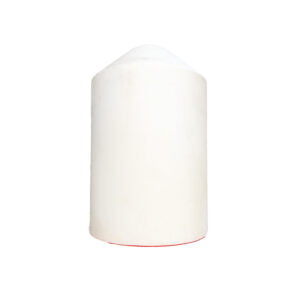
Foam Pigs
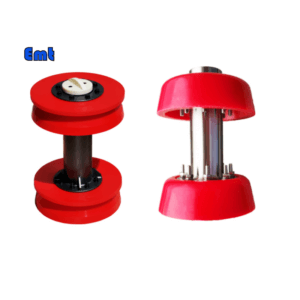
Mechanical Pigs
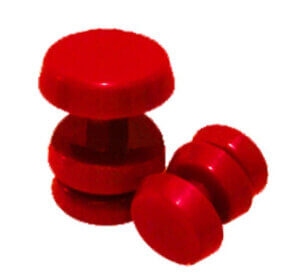
Solid Cast Pigs
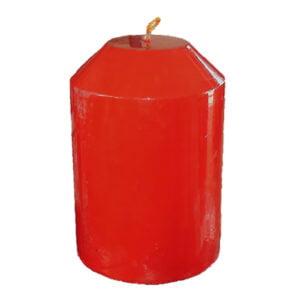
Poly Pigs
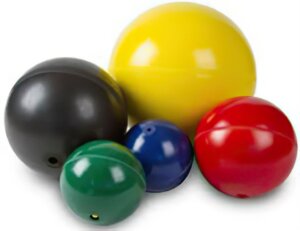
Spherical Pigs
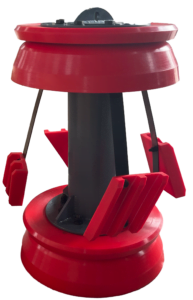
Specialized Pigs (e.g., magnetic pigs, brush pigs)
Criteria for Selecting Pipeline Pigging Products
Material compatibility is one of the most critical criteria to consider when selecting pipeline-pigging products. The term refers to how well the material of the pigging device interacts with both the substance being transported through the pipeline and the pipeline’s material itself. Incompatibility can lead to a range of issues, from ineffective cleaning to potential damage to the pipeline. For example, if you’re transporting a corrosive substance, you’ll need a pig made from a material that is resistant to corrosion. Similarly, if the pipeline is made of a softer material like plastic, a pig made from a hard, abrasive material could damage the pipeline’s interior. It’s also essential to consider temperature resistance. Some materials may be well-suited for room temperature but could degrade or become ineffective at higher temperatures. This is particularly important in industries like oil and gas, where the transported material could be at elevated temperatures. Additionally, the pig material should be chemically inert to the substance being transported. This ensures that the pig won’t react with the material, which could contaminate it and lead to quality issues. In summary, material compatibility is a multi-faceted criterion that involves considering the physical and chemical properties of both the pig and the pipeline. It’s crucial to get this right to ensure effective cleaning, minimize wear and tear on the pipeline, and ultimately, to safeguard the integrity of the transported material.
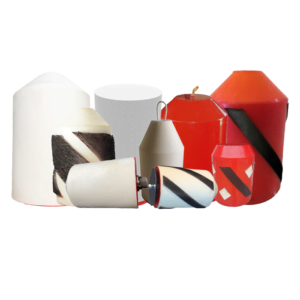
Top Recommended Pipeline Pigging Products
Mechanical Pipeline Pigs
1. Cup-Style Pigs
- Material: Typically crafted from premium elastomers for long-lasting use.
- Design: Incorporates several sealing cups for comprehensive cleaning.
- Flexibility: Capable of maneuvering through pipeline curves.
- Debris Removal: Efficient in eliminating both liquid and solid waste.
- Compatibility: Comes in assorted sizes to match varying pipeline widths.
- Ease of Use: A simple structure allows for effortless deployment and extraction.
2. Disc Pipeline Pigs
- Material: Generally made from top-grade polyurethane for resilience and efficiency.
- Design: Outfitted with multiple sealing discs for improved cleaning action.
- Bi-Directional: Able to traverse both ways in the pipeline.
- Debris Removal: Exceptional at dislodging and clearing all types of debris.
- Adaptability: Conforms to irregularities like pipeline dents.
- Compatibility: Offered in diverse sizes to fit a variety of pipelines.
- Ease of Use: Designed for uncomplicated placement and removal.
Solid Cast Pigs
- Material: Composed of a single, robust piece of either elastomer or polyurethane.
- Design: Seamless, one-piece structure minimizes wear.
- Debris Removal: Proficient in eradicating both liquid and solid impurities.
- High Durability: Highly resistant to general wear and tear.
- Compatibility: Provided in multiple sizes for different pipeline widths.
- Ease of Use: Uncomplicated design for quick deployment and recovery.
Foam Pigs
1. Polly Foam Pigs
- Material: Fabricated from light, bendable polyurethane foam.
- Design: Comes in an array of forms and densities to meet specific cleaning needs.
- Debris Removal: Skilled at wiping away liquid residues.
- Coating Compatibility: Can be treated with abrasive or chemical coatings for extra cleaning power.
- Flexibility: Exceptionally pliable, making it ideal for pipelines with curves.
- Compatibility: Adaptable to a broad spectrum of pipeline dimensions.
- Ease of Use: Light and simple to deploy and recover.
2. Spherical Pigs
- Material: Typically made from high-quality elastomers or polyurethane for durability and effectiveness.
- Design: Characterized by their spherical shape, which allows for 360-degree contact with the pipeline wall.
- Sealing Capability: The spherical design provides excellent sealing, ensuring thorough cleaning and efficient removal of debris.
- Bi-Directional: Capable of moving in both directions within the pipeline, offering flexibility in operations.
- Debris Removal: Highly effective in dislodging and removing both liquid and solid debris from the pipeline walls.
- Adaptability: The shape allows it to easily adapt to changes in pipeline diameter and navigate through bends.
- Compatibility: Available in various sizes to accommodate different pipeline diameters, making it versatile for multiple applications.
- Ease of Use: Generally easy to insert and retrieve due to their shape and material, reducing operational complexities.
- Pressure Tolerance: Often designed to withstand varying levels of pressure, making them suitable for high-pressure pipelines.
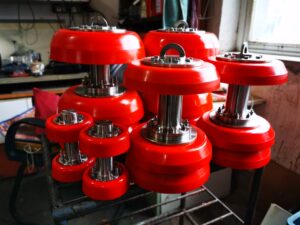
FAQs
1. What are the different types of pipeline pigs and how do I choose the right one?
Answer: There are several types of pipeline pigs, each designed for specific tasks and pipeline conditions. The most common types include foam pigs, cup-style pigs, disc-based pigs, solid cast pigs, and specialized pigs with brushes. The right choice depends on factors like the material being transported, pipeline diameter, and the specific cleaning or inspection needs. It’s crucial to consult with experts and possibly conduct a pipeline assessment to determine the most suitable pigging product for your application.
2. How often should I use pipeline pigs for maintenance?
Answer: The frequency of pigging depends on various factors such as the type of material being transported, the age and condition of the pipeline, and regulatory requirements. Some industries may require more frequent pigging to meet safety and quality standards. Generally, a pigging schedule can be developed after an initial assessment of the pipeline’s condition and operational needs. It’s advisable to consult with professionals to establish an effective and safe pigging routine.
3. Are there any safety concerns associated with pipeline pigging?
Answer: While pipeline pigging is generally considered a safe and effective maintenance method, there are some safety considerations. For instance, improper selection of pigging products can lead to pipeline damage or ineffective cleaning. Additionally, the pigging process must be conducted by trained personnel to ensure safety protocols are followed, especially when dealing with hazardous materials like oil and gas. Always adhere to industry standards and guidelines to minimize risks.

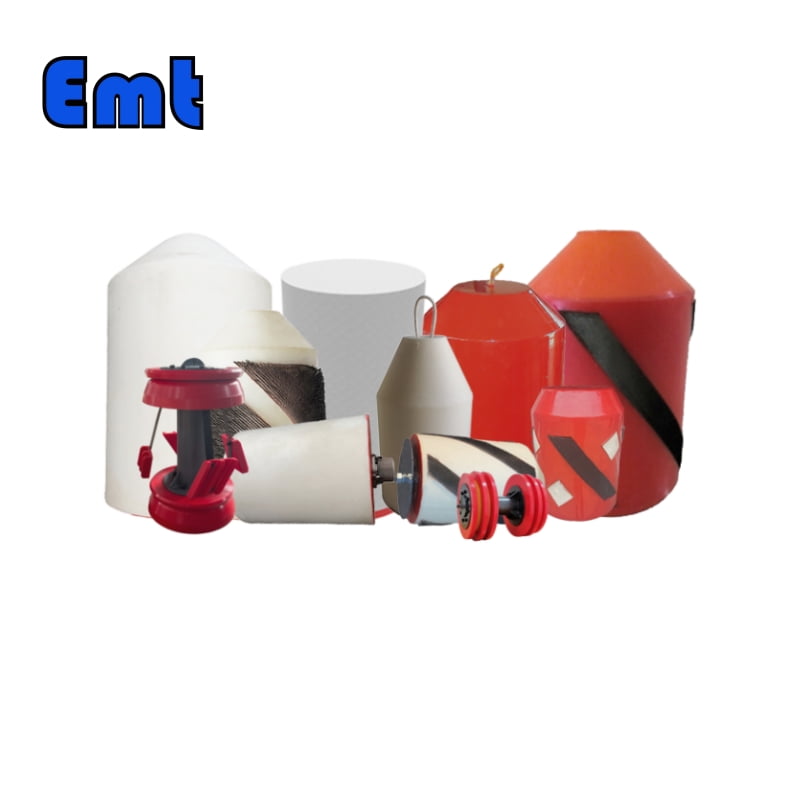
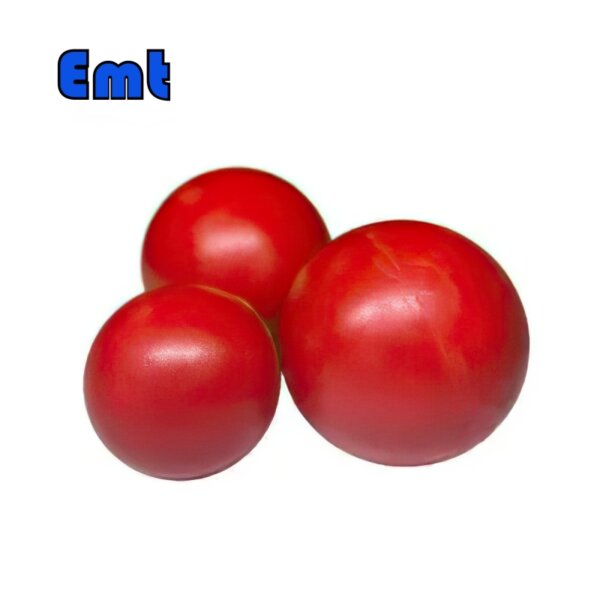
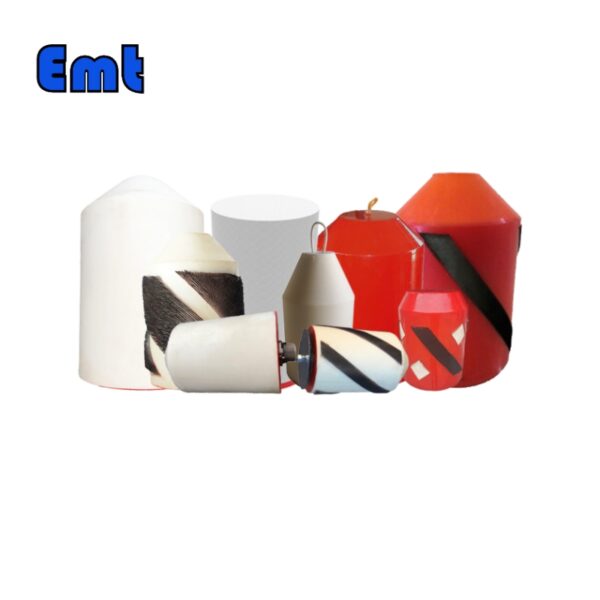
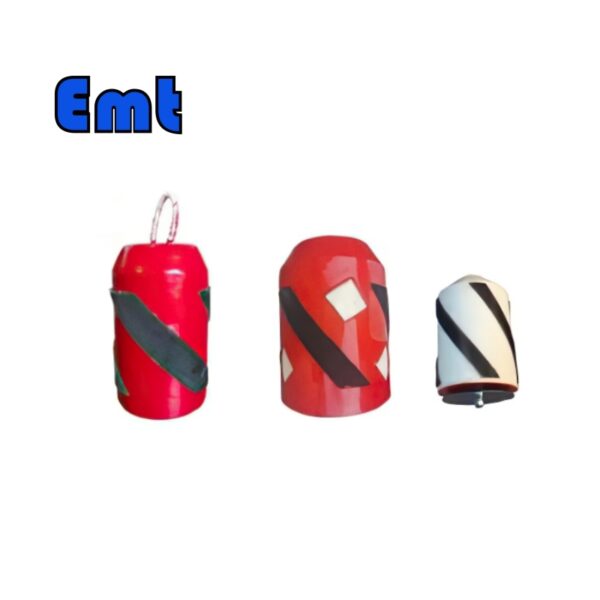
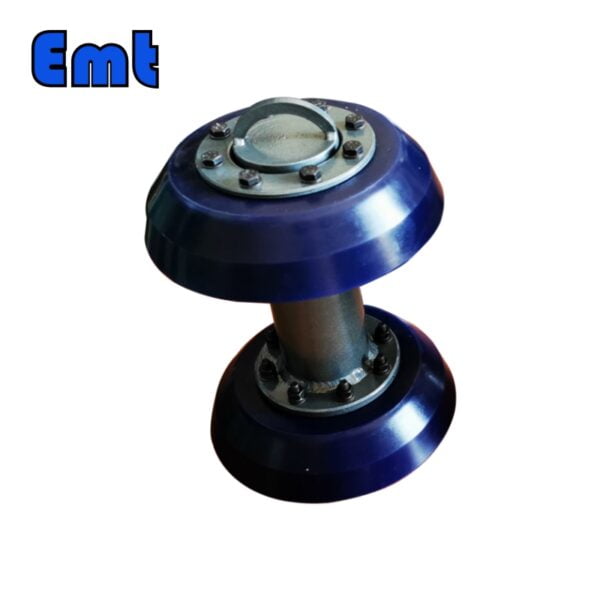
Reviews
There are no reviews yet.